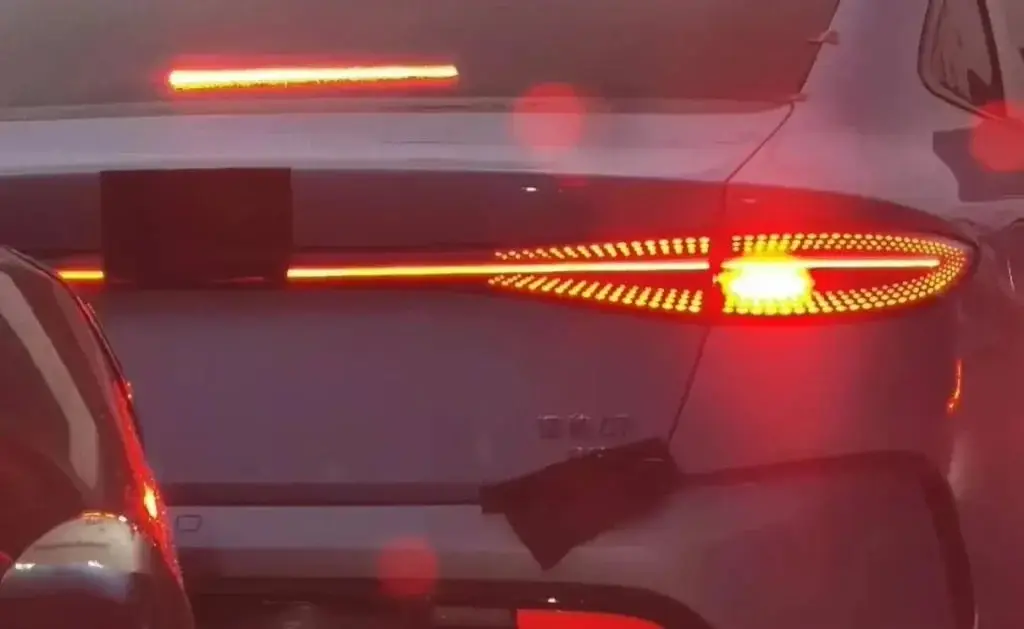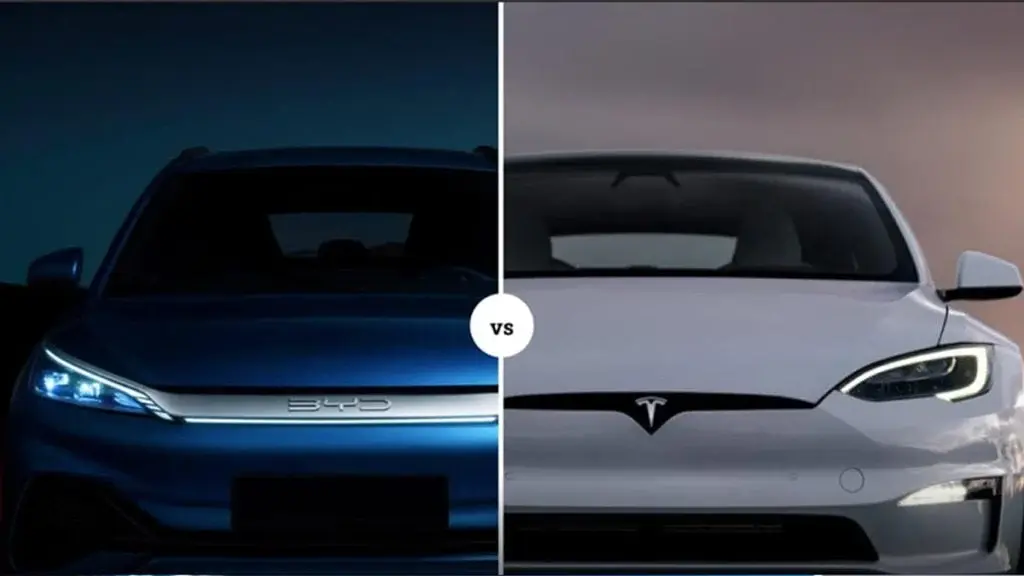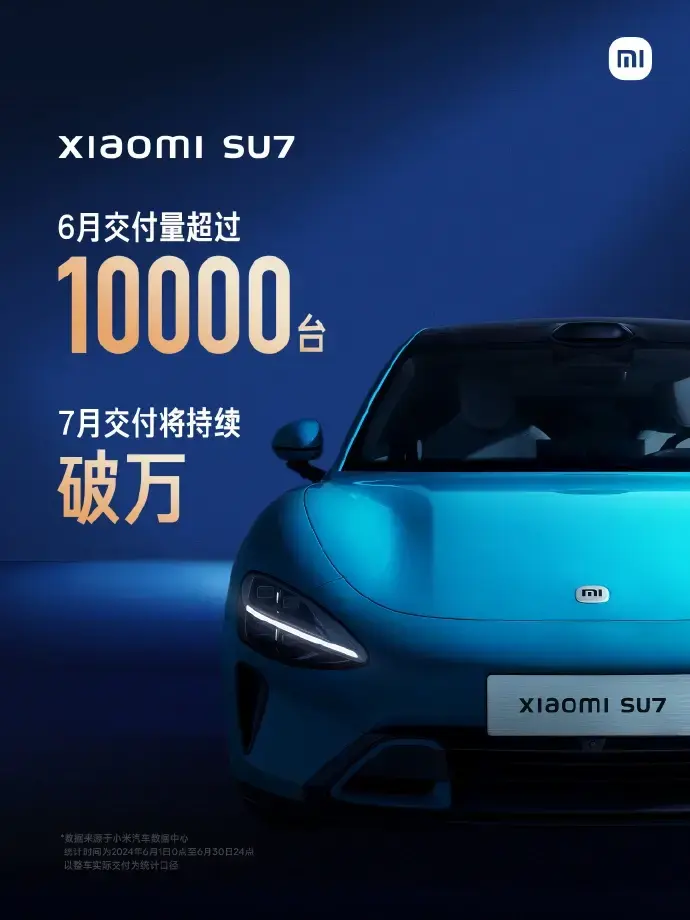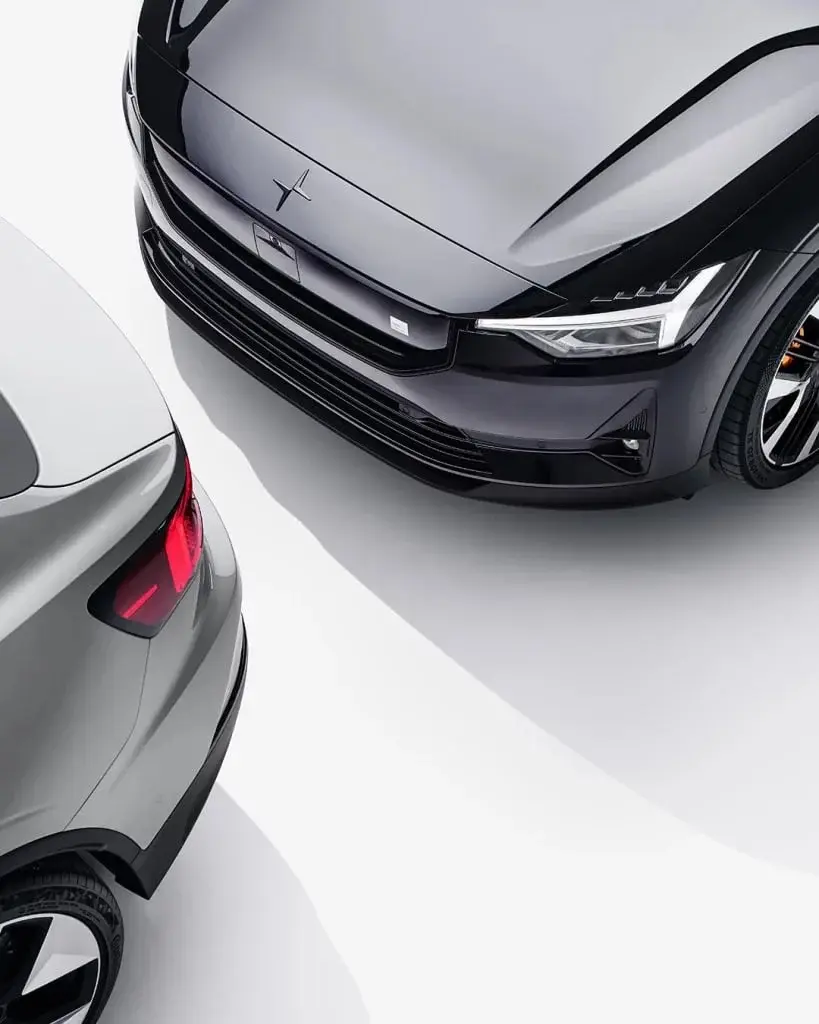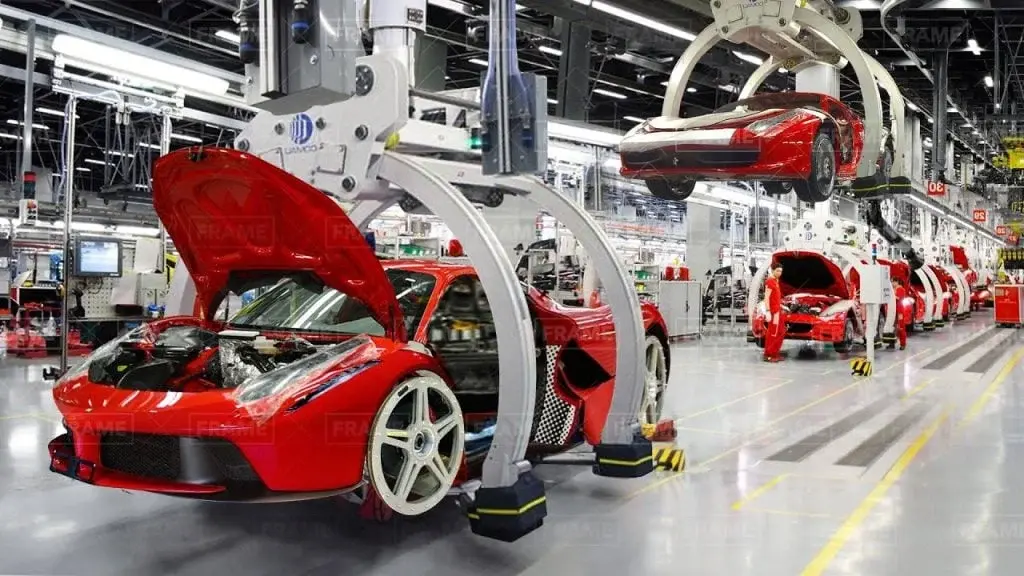As per the general manager of BYD, the company is set to release the Haibao 07 EV in early August, an upgraded version of the current Haibao model. The new electric vehicle will feature enhancements in both intelligent driving capabilities and powertrain performance. The current Haibao is priced between 179,800 and 249,800 yuan.
Advanced Features
The Haibao 07 will have a laser radar system and build upon BYD’s e-platform. The Haibao 07 EV will retain the overall design of its predecessor, featuring a closed front, slender headlights, and distinctive water ripple lighting elements. While specific dimensions remain undisclosed, the vehicle is expected to be similar in size to the current Haibao, measuring 4800mm in length, 1875mm in width, and 1460mm in height, with a wheelbase of 2920mm.
To improve intelligent driving features, the Haibao 07 EV will incorporate a LiDAR system and build upon BYD’s e platform 3.0 Evo. The vehicle will also adopt an 800-volt high-voltage system to enhance motor performance and charging efficiency.
Powertrain and Performance
In terms of powertrain options, the new model is likely to offer similar configurations to the current Haibao, including rear-wheel and four-wheel drive variants with multiple motor options. Battery capacity and range are expected to be comparable to the existing Haibao, with two lithium iron phosphate blade battery options available.
Despite the Haibao’s initial success, sales have declined recently, with only 813 units sold in June. The Haibao 07 EV will face stiff competition from both pure electric vehicles like the Tesla Model 3, Xiaopeng P7, and Zeekr 007, as well as traditional gasoline-powered models such as the Accord, Camry, Passat, Sagitar, and Teana.

